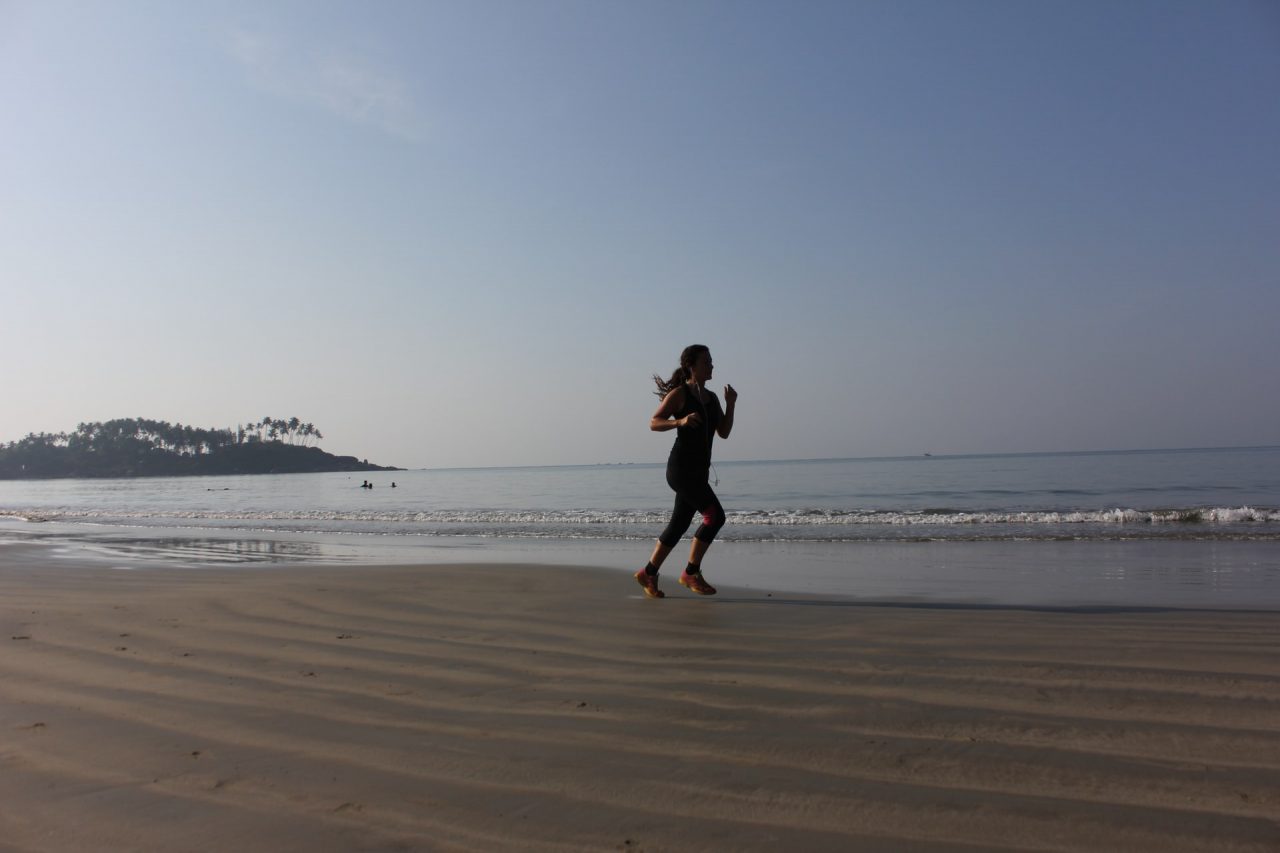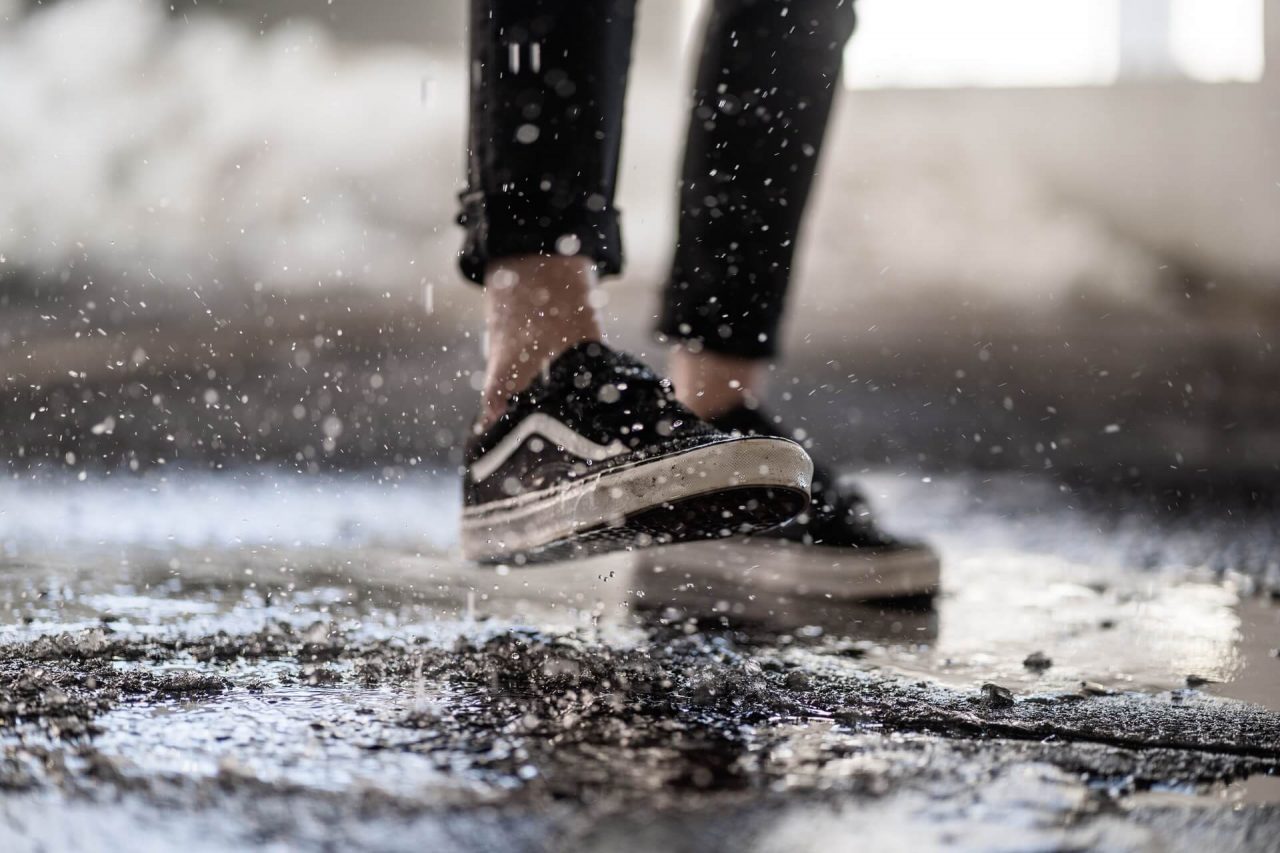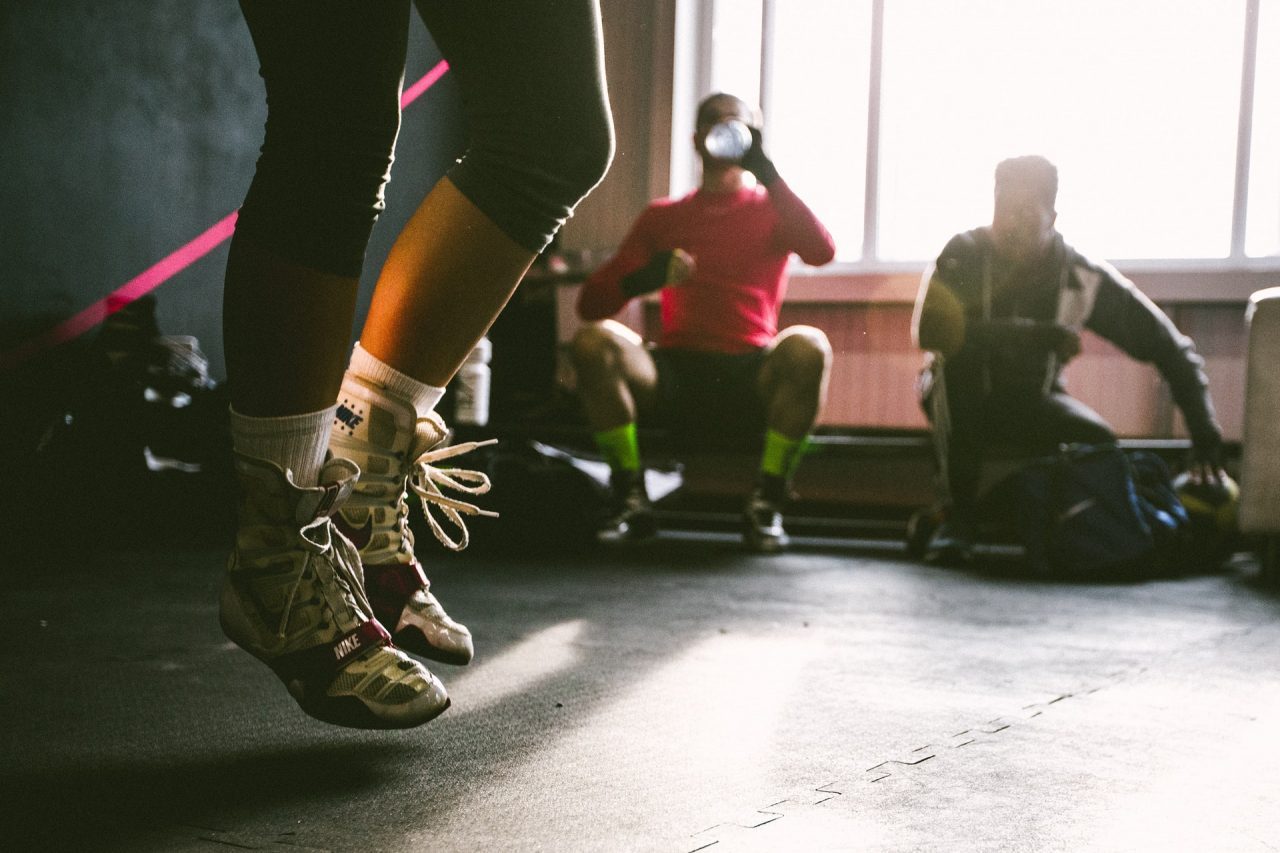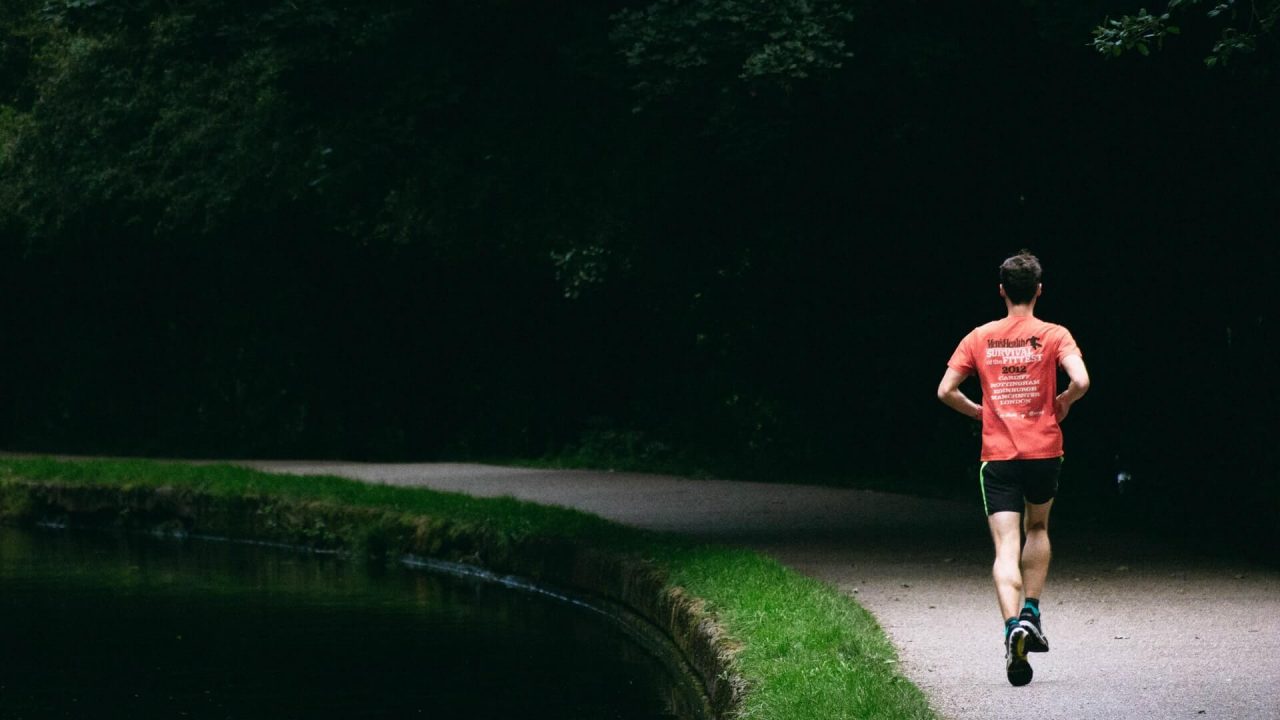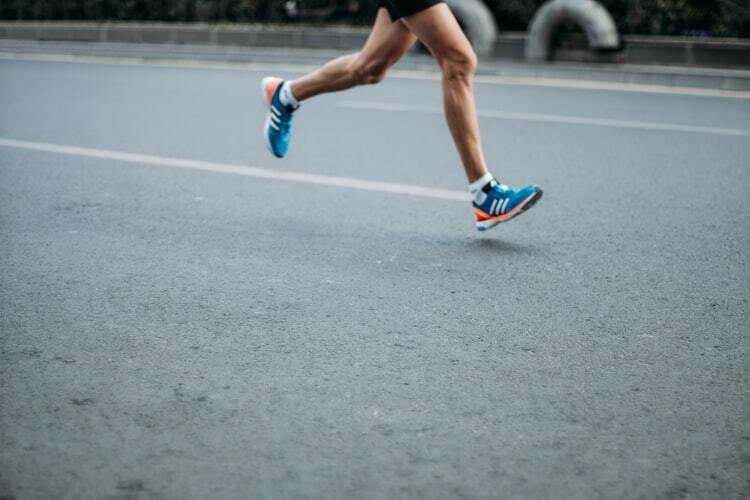One of the easiest workout moves that you can add to your routine is squats. They are considered relatively easy because they do not require any equipment, and can be executed anywhere as long as you have enough room to get into a sitting position and then stand upright. When you know how to properly do squats, they can be very beneficial for your health and fitness. If you do not, no worries, we are here to help you. Read on to find out all you need to know about squats, their importance, and a step-by-step guide on how to do squat exercises at home.
What Muscles Do Squats Work?
Squats are an excellent way to exercise the lower part of your body, especially the following muscles:
- Glutes – the three muscles: gluteus maximus, minimus, and medius that are located in your buttocks
- Hamstrings – biceps femoris, semitendinosus, and semimembranosus, located in the back of the thigh
- Quadriceps – vastus lateralis, vastus medialis, vastus intermedius, and rectus femoris, located in the front of your thigh
- Adductors – gracilis, obturator externus, adductor brevis, adductor longus, and adductor magnus, located in your groin area
- Core – rectus abdominis, obliques, transverse abdominis, and erector spinae
- Calves – the gastrocnemius and the soleus
However, this doesn’t mean that the impact of squats is limited to the lower part of the body only. Since there are various types of squats, you can exercise other body muscles as well. Case in point— if you do a back squat or an overhead squat while holding heavy equipment, you will also be exercising muscles in your arms, shoulders, and chest.
What Are the Benefits of Squats?
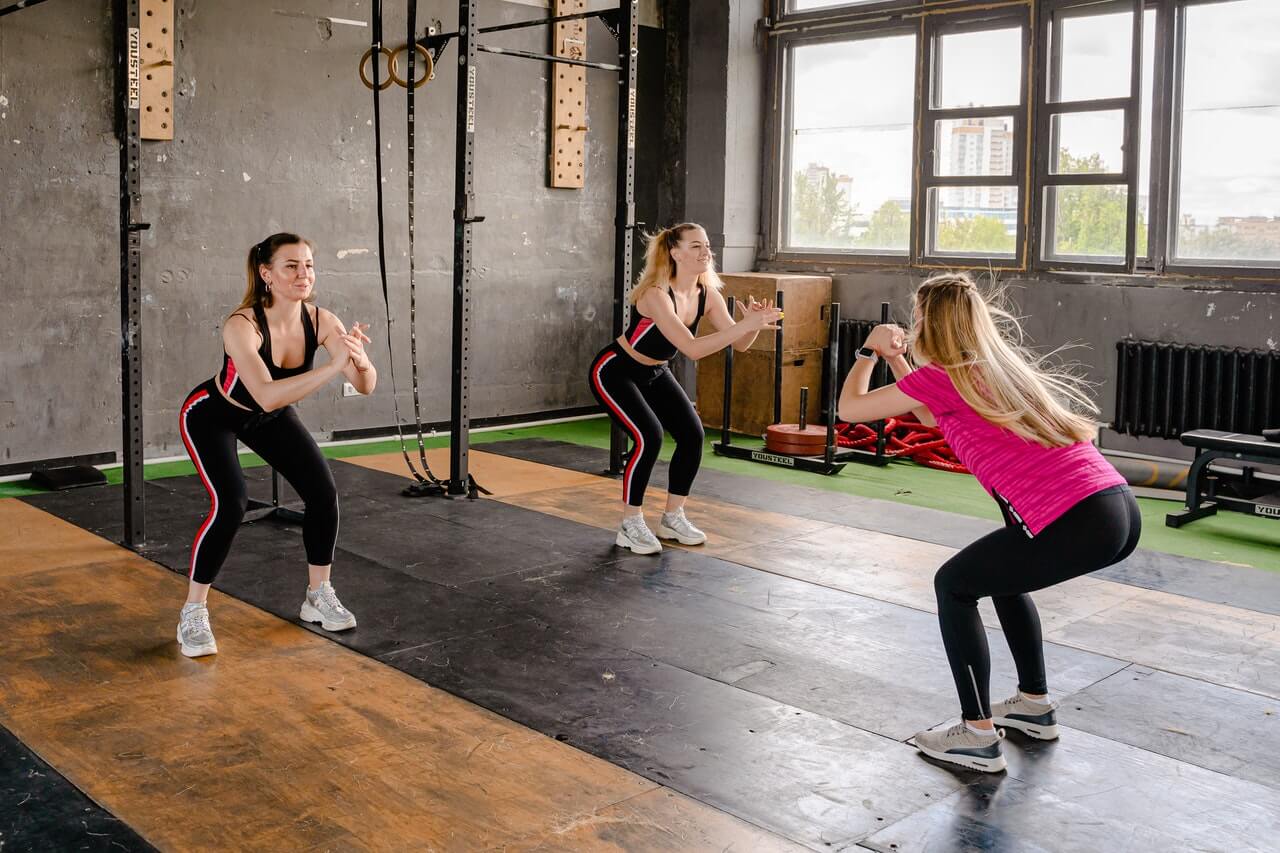
Squats help you feel and look good. This move has an incredible effect on your body’s muscles and calories. Not only that, but you will also be building up your lower body muscles, burning calories, and improving your athletic abilities, from the comfort of your home.
Strengthen your lower body muscles
As mentioned previously, squats help you exercise and strengthen the muscles in the lower part of your body. By exercising those muscles, you then may improve your body equilibrium, flexibility, and mobility, which in turn helps build your stamina and makes daily activities such as walking much easier for you.
Reduce the calories
Squats are one of the best exercise movements you can do to burn calories. The exact number of calories you can burn through squats varies from a number of factors such as the amount of time you spend doing squats, the intensity of your squat session, and whether or not you perform the squat correctly.
Boost athletic ability
As an athlete, adding squats to your workout routine will help improve your body strength, flexibility, and durability, which are then directly translated into increased athletic abilities. Squats play a significant role for people that are part of sports, requiring a large amount of energy, strength, and speed.
How Often Should You Do Squats?
There is no correct answer to the question of how often you should squat. The answer varies from individual to individual, depending on their physical abilities and personal fitness goals. However, in general, it is suggested for people to squat 2-3 times a week. This way you will quickly improve your form, as well as maximize the benefits that come from the exercise.
Once you notice that you have progressed with the current routine, you can increase the volume of squats.
How to Do Squats?
Now that we have established how functional squats can be, all there’s left for you to learn is how to do them. You have the choice to do them at the gym and possibly use equipment to try different physical activities, or you can do them in the comfort of your home. So, how to do squat exercises at home? Follow our step-by-step guide below.
Stand tall
First, you need to get your feet in the correct position. Begin by setting your feet a little wider than the width of your hips, slightly turn your toes out, and stand tall.
Improve your posture
Allowing your back to slouch while you are squatting will result in lower back stress, making the squat painful and you will not benefit much from it. That’s why you should make sure to roll your shoulders back, straighten your back, and maintain a neutral spine throughout the exercise.
Get your arms ready
While doing a squat, you can position your arms in two ways:
- Extend your arms in front of you, and keep them parallel to the floor with your palms facing down.
- Pull your elbows near your chest and have the palms face each other while your thumbs are pointing up.
Sit back
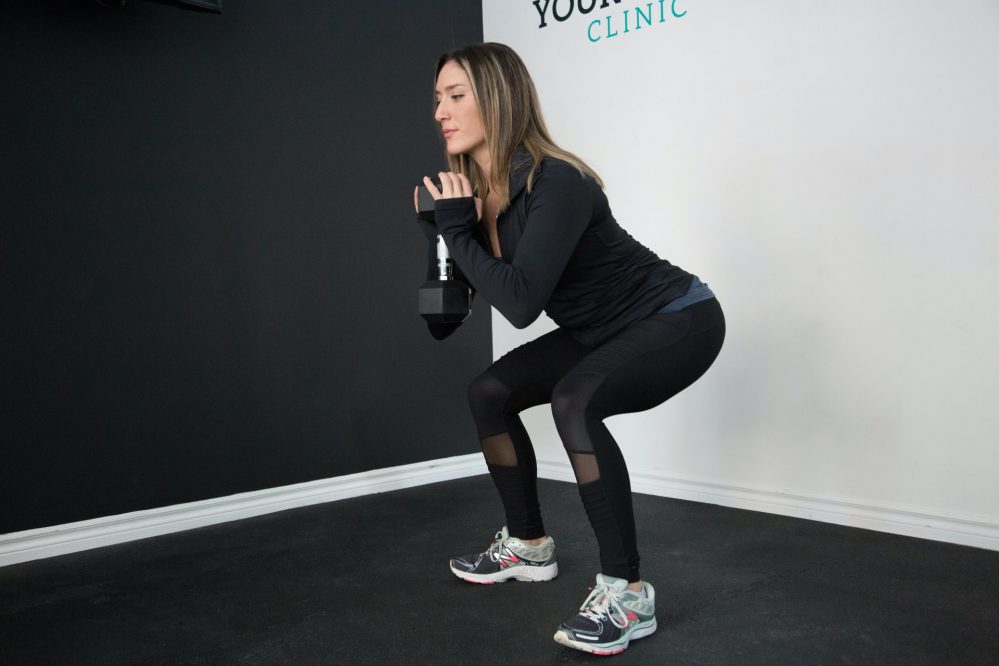
Then, you should start inhaling deeply while simultaneously tightening your abs. Continue sitting back by sending your hips backward as your knees bend. At this stage, it is important to make the difference between sitting back and sitting down. When you sit back your knees should not travel forward past your toes (or travel only slightly), whereas sitting down on a squat generally means that there is no restriction to how forward their knees go.
Push your knees slightly outward
Keep pushing your knees outward to make room for your hips and continue to sit back at the level of your comfort and flexibility. For the best results, keep your head up, back as straight as you can, and tighten your core for a few seconds.
Press your heels into the ground
Your feet should be in contact with the floor throughout the whole process. After standing in the sitting position for a few seconds, straighten your legs and go back to the position you started with.
It is normal for your form to be weak when you first begin squatting, however with practice, you will see signs of improvement quickly. One way you can observe your form, and notice the changes you need to make is by standing in front of a mirror while you are exercising, or even having someone take a video of you while you squat. All you need to remember is to set your feet in the right position, keep your back straight, and head high.

